A trigeminal nerve block is a treatment where a long thin needle injects anaesthetic into the trigeminal nerve. The anaesthetic will block pain signals to your brain to relieve and prevent trigeminal pain. It is also used to help relieve other facial pain symptoms.
Trigeminal Neuralgia is an extremely painful chronic condition and attacks can last from a few seconds to several minutes, sometimes up to one hundred times a day. For some people the pain can be debilitating. Trigeminal neuralgia usually has triggers like brushing teeth or a cold breeze that can start an attack instantly.

There are some risks associated to a trigeminal nerve block as with any treatments but risks are low. Some of the risks are difficulty chewing or swallowing and numbness to the face, although symptoms should get better over a short period of time.
Your consultant will discuss the options with you and go through all the pros and cons of the procedure and you will be asked to sign a consent form.
You will be asked to lie back on an x-ray table, trigeminal nerve block procedures are quick and take about 30 minutes. Under x-ray guidance a thin needle will be inserted to the side of your face and a second needle will inject steroid pain medication. You will be sent back to the ward for a couple hours and be able to go home the same day.
You should feel the effects of the nerve block almost instantly but for a few people it can take a couple of days. The effectiveness of the trigeminal nerve block is completely different for each patient and although for some it instantly blocks the pain and lasts a long time, it will not for others.
It is possible to have more than one treatment and the pain relief usually lasts longer after each one.
If you would like to discuss trigeminal nerve blocks further then please do not hesitate to contact me.
This article is intended to inform and give insight but not treat, diagnose or replace the advice of a doctor. Always seek medical advice with any questions regarding a medical condition.
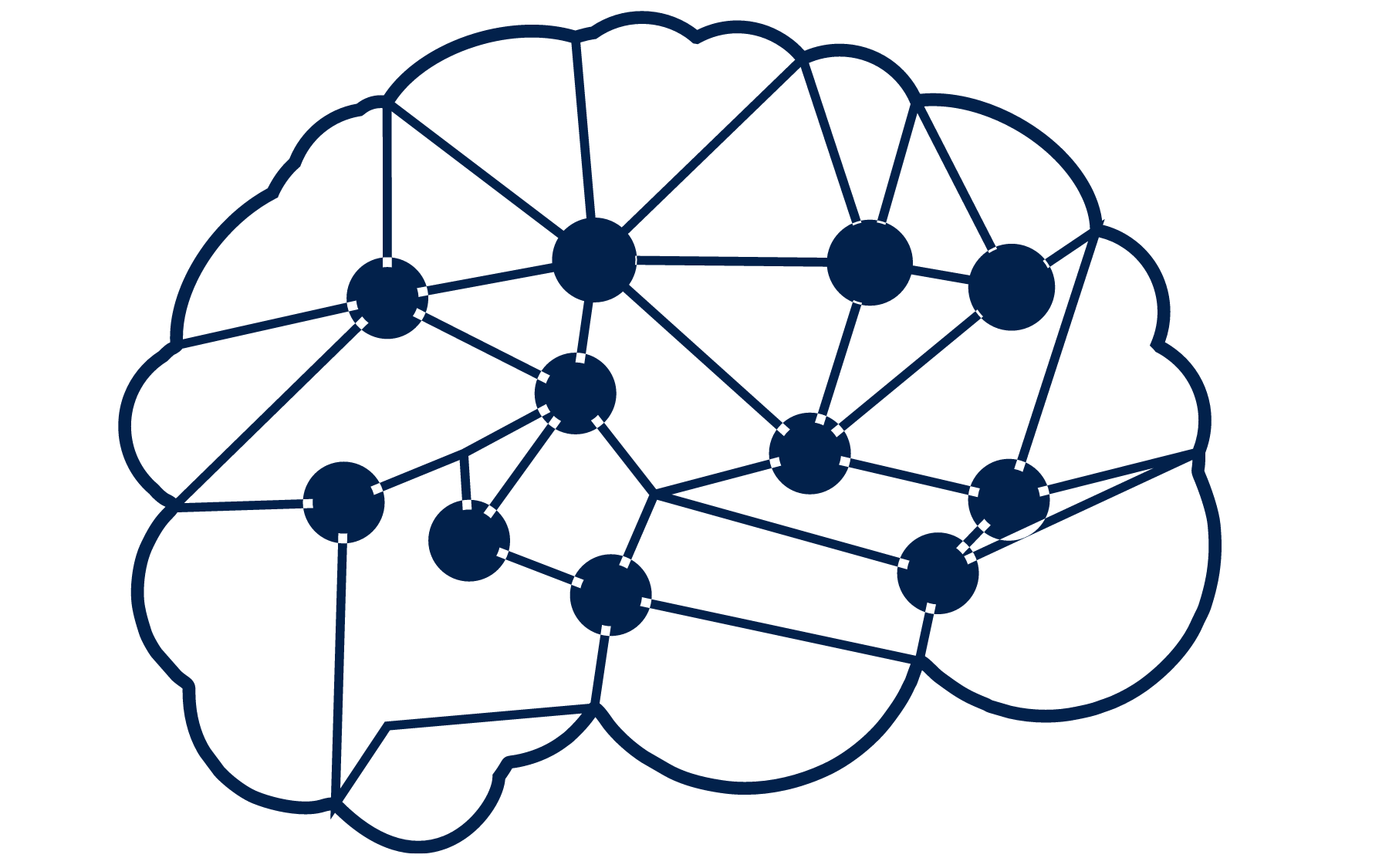
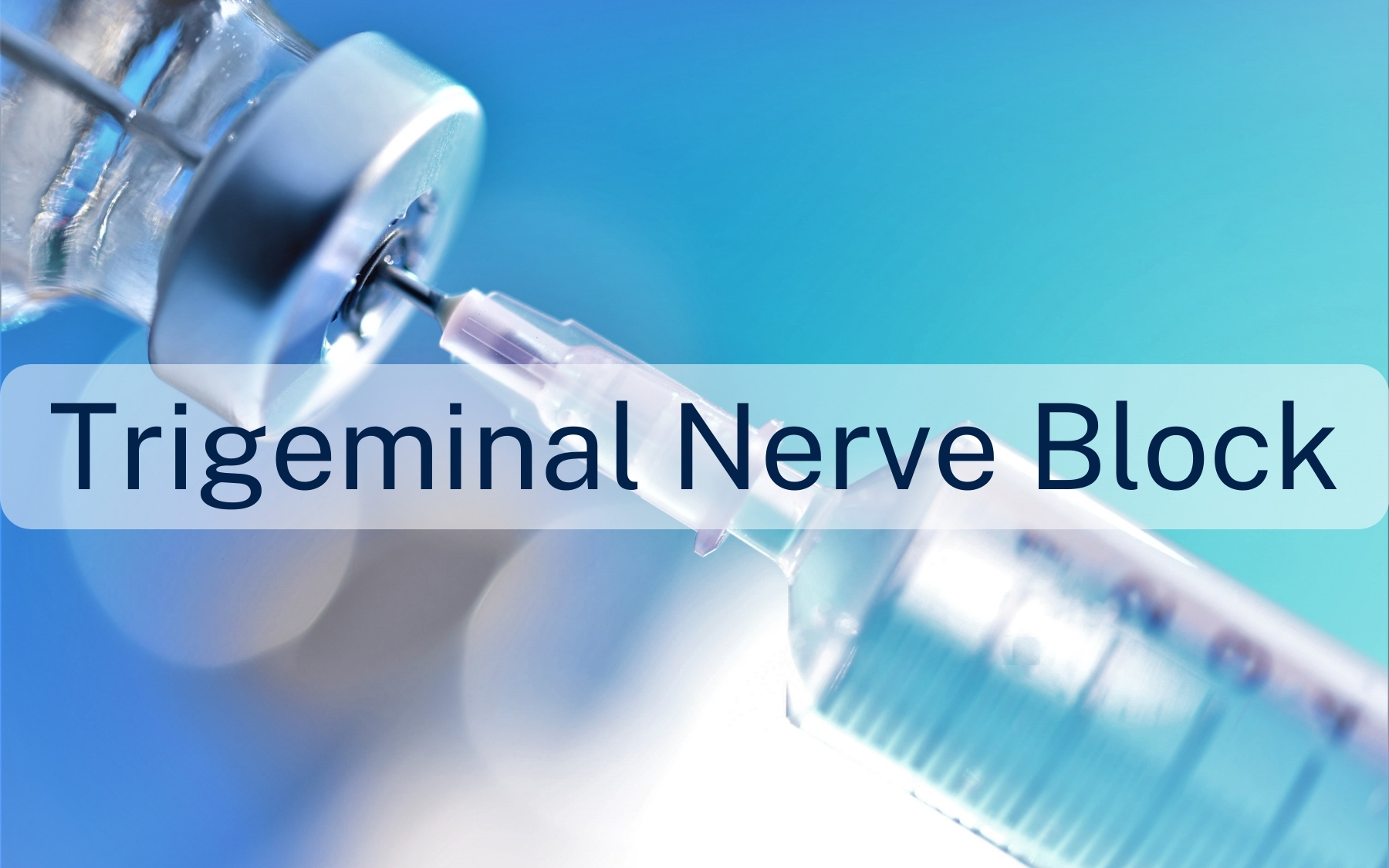

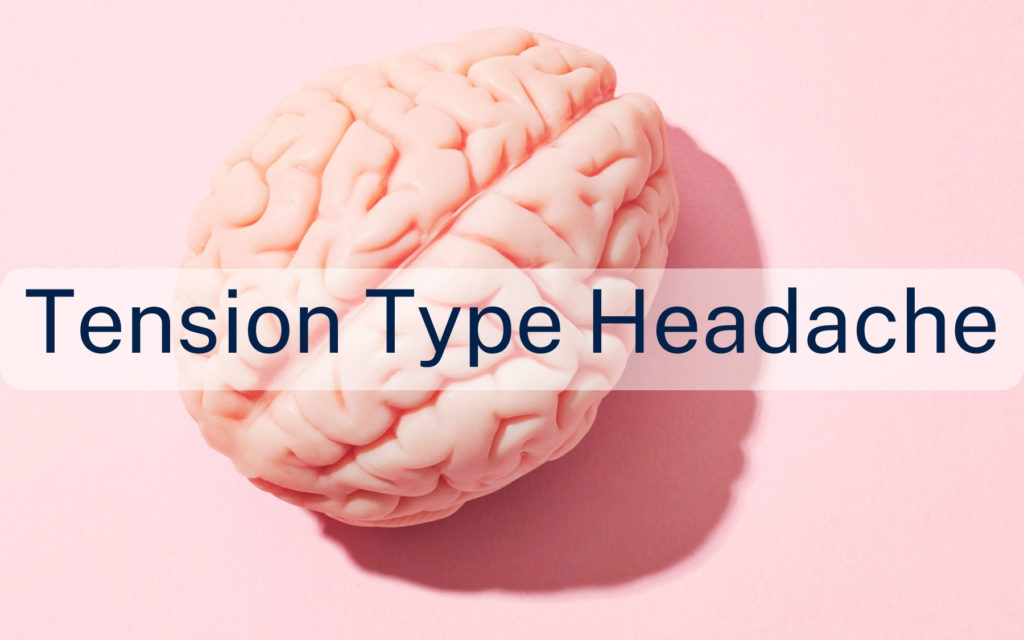
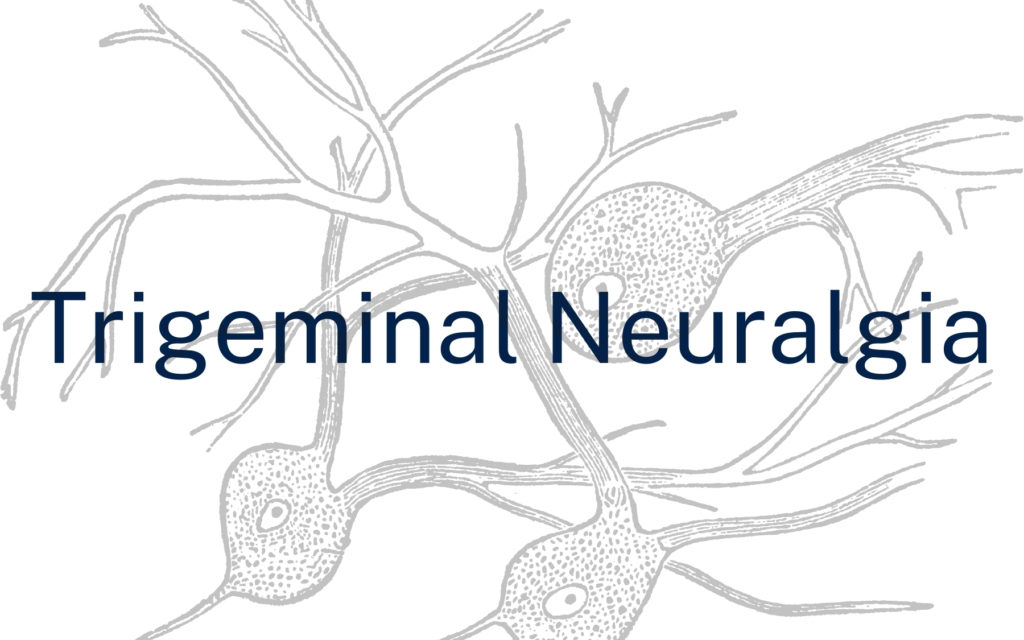
0 Comments